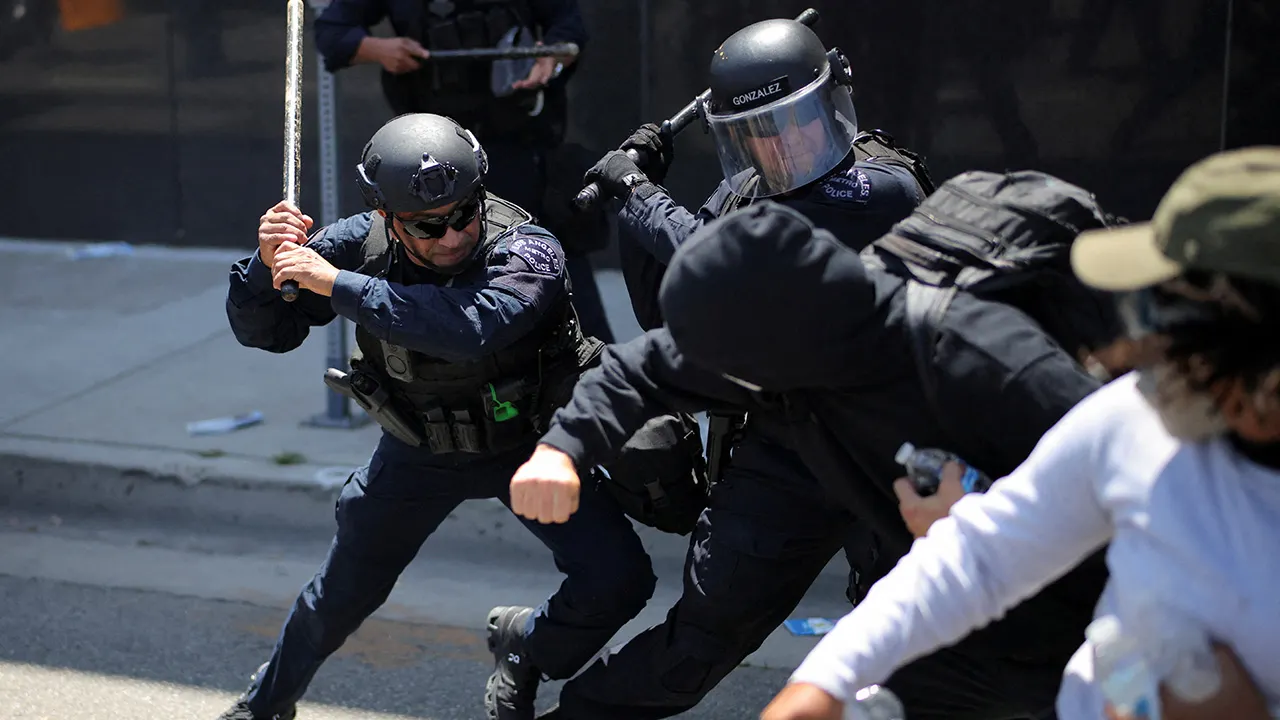Justice Served: Texas Execution Marks 13 Years Since Tragic Store Robbery
On Thursday evening, Texas executed John Marcus Wright, 42, by lethal injection for the 2010 murder of a convenience store clerk during a botched robbery. The execution, carried out at the Huntsville Unit, coincided exactly with the 13th anniversary of the crime—a grim milestone that has reignited debates about capital punishment, justice, and the lasting trauma of violent crime.
The Crime That Shocked a Community
On October 5, 2010, Wright entered a Houston-area convenience store wielding a handgun, demanding cash from 28-year-old clerk Elena Rodriguez. Surveillance footage showed the encounter turning violent when Rodriguez hesitated—Wright shot her twice at point-blank range before fleeing with $137. The crime, captured on camera, became a focal point for Texas prosecutors seeking the death penalty.
“This wasn’t just a robbery gone wrong—it was an execution-style killing of a young mother working the night shift to support her children,” said Harris County District Attorney Kim Ogg in a 2017 statement. Rodriguez left behind two daughters, now 16 and 18, who attended Wright’s execution.
A Long Legal Battle Ends
Wright’s case wound through appeals for over a decade, with defense attorneys arguing:
- His childhood exposure to lead paint contributed to violent tendencies
- Jurors received improper instructions during sentencing
- New forensic techniques could potentially challenge ballistics evidence
All appeals were ultimately denied. “The courts have consistently found Wright’s trial fair and his sentence just,” said Texas Attorney General Ken Paxton in a press release this week.
Capital Punishment in Texas: By the Numbers
Texas leads the nation in executions since the death penalty was reinstated in 1976:
- 583 executions as of October 2023 (DPIC)
- 5 executions carried out this year
- Average 15.8 years between sentencing and execution
However, death sentences have declined sharply—from 48 in 1999 to just 2 in 2022—reflecting a national trend. “Juries are increasingly reluctant to impose capital punishment as wrongful conviction cases surface,” noted University of Houston law professor David Dow.
Diverging Perspectives on Justice
The Rodriguez family expressed relief at the execution’s completion. “Thirteen years of waiting won’t bring our Elena back, but today closes a painful chapter,” said Maria Sanchez, the victim’s sister.
Opponents of capital punishment gathered outside the prison, holding vigils. “The state perpetuating violence doesn’t heal communities,” argued Reverend Alan Bean of Texans Against the Death Penalty. “This execution costs taxpayers $1.2 million more than life imprisonment would have.”
The Future of Capital Punishment in America
As pharmaceutical companies increasingly block drug sales for executions, states face logistical hurdles carrying out death sentences. Meanwhile, public support for capital punishment has dipped to 54%—the lowest in 50 years (Gallup, 2022).
Legal experts suggest this case may influence pending legislation:
- Texas House Bill 464 would ban executions of defendants with severe mental illness
- Federal proposals would standardize post-conviction DNA testing access
For now, the debate continues between those seeking closure through retributive justice and advocates pushing for systemic reform. As the Rodriguez family mourns and Wright’s supporters decry his execution, the complex legacy of this case will endure long after the prison lights dimmed on Thursday night.
Those affected by violent crime can find support through the National Center for Victims of Crime at 1-855-4VICTIM. To learn more about death penalty reform efforts, visit the Equal Justice Initiative at eji.org.
See more CNN Headline



